
Tongli ceramic ball mill is a kind of ball mill. The difference between it and the general ball mill is that its liner is made of ceramic. It has a smaller capacity and is suitable for mixing and grinding small batches of materials. It can be dry or wet ground. It is suitable for mixing and grinding common and special materials. It can be used in ceramics, glass, chemicals, refractory materials and other industries. From the material point of view, it is suitable for crushing and grinding from limestone to basalt, as well as various ores.

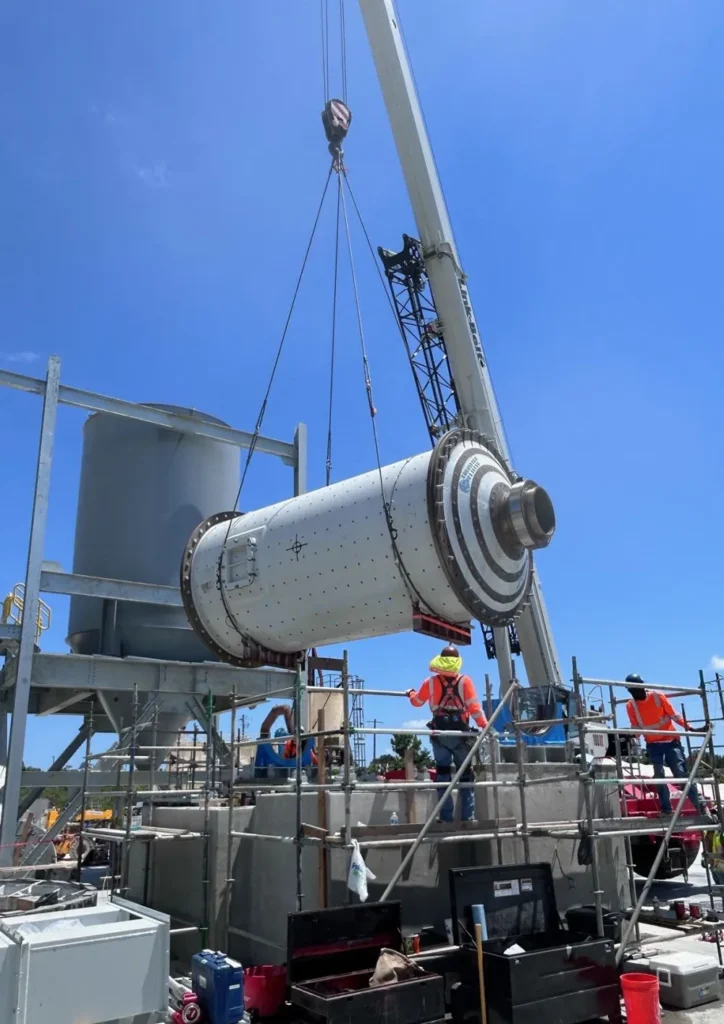
Efficient Ceramic Ball Mill Grinding Solution
A MACHINE YOU CAN DEPEND ON!
Tongli Ceramic Ball Mill uses high-alumina ceramic lining, which improves wear resistance by 30%, suitable for grinding minerals Mohs hardness of up to 9. Its grinding medium is zirconia ceramic balls, which can effectively reduce metal pollution. The equipment can reduce the particle size of the material to 1 micron, and the energy consumption is 15% lower than that of traditional ball mills. It is suitable for industries such as electronics and medicine that have strict purity requirements to ensure high-quality powder production.
Tongli ceramic ball mill uses zirconia ceramic balls as grinding media, which have higher hardness and chemical stability. The wear of zirconia ceramic balls is extremely small, and the release of metal impurities is controlled to less than 0.1%, which is much lower than steel grinding media. Metal contamination during the grinding process is avoided, ensuring the high purity of the final product.
The ceramic grinding balls used have a high density (such as 3.6 to 6.0 g/cm³), which can provide higher impact and shear forces, improve grinding efficiency, and make the material reach a finer particle size.
Ceramic ball mills are very suitable for small batches and high-precision material grinding, especially in the chemical, ceramic, electronic materials, pharmaceutical and food industries, for grinding high-purity materials and applications requiring fine classification.
| Model | Loading Capacity (tons/batch) | Cylinder Speed (RPM) | Reference Power (KW) |
| 600×700 | 0.05 | 50 | 2.2 |
| 800×600 | 0.075 | 42 | 3 |
| 900×1200 | 0.2 | 38.5 | 5.5 |
| 1300×1500 | 0.5 | 33 | 7.5 |
| 1500×1800 | 1.2 | 28.5 | 11 |
| 1800×2000 | 1.5 | 24 | 15 |
| 2600×2800 | 5 | 16.5 | 37 |
| 3000×3800 | 10 | 14.5 | 57.2 |
| 3200×4600 | 15 | 13.5 | 75 |
QUALITY NEVER GOES OUT OF STYLE
A ceramic ball mill is a grinding device made from ceramic materials such as alumina or zirconia, primarily used to grind solid materials into uniformly fine powders. The grinding media in a ceramic ball mill are ceramic balls, typically ranging from 5mm to 20mm in diameter. Ceramic ball mills are used in various industries, including chemicals, pharmaceuticals, food, and ceramics, and are especially suitable for processing materials that require high purity and low contamination.
Depending on the size of the grinding chamber, the output of a ceramic ball mill usually ranges from 0.5 to 20 tons per hour, making it suitable for both small-scale and large-scale production.
The main advantages of a ceramic ball mill include:
Low Contamination: Ceramic liners and grinding media effectively prevent metal contamination, making it suitable for grinding materials that require high purity.
High Wear Resistance: Ceramic materials have superior wear resistance compared to metal materials, resulting in less wear over prolonged use.
Flexibility: Supports both wet and dry grinding methods, accommodating different materials.
Low Noise: Operating noise is generally between 70-80 decibels, making it suitable for noise-sensitive environments.
Low Energy Consumption: Due to the low wear of ceramic materials, energy consumption is 10%-30% lower compared to traditional mills.
A ceramic ball mill is suitable for grinding a variety of materials, including but not limited to:
Minerals: Such as quartz, feldspar, mica, etc.
Chemicals: Such as pigments, coatings, catalysts, etc.
Pharmaceutical Raw Materials: Such as drug components, plant extracts, etc.
Functional Materials: Such as nanomaterials, electronic ceramics, etc.
Food: Such as spices, grains, etc.
The suitable materials typically have a Mohs hardness of 1-9, depending on the type of ceramic balls used and the grinding parameters set.
The working principle of a ceramic ball mill involves the use of a rotating drum that drives the grinding media (usually ceramic balls) to create centrifugal force. When the grinding media reach a certain height, they fall and impact the material, causing it to grind. The grinding effect of a ball mill primarily comes from three actions: impact (about 60%), grinding (about 30%), and compression (about 10%).
The drum of the ball mill typically operates at 65%-75% of the critical speed, which is the speed that produces the optimal grinding effect. The critical speed can be calculated using the formula n = \frac{42.3}{\sqrt{D}} n=D42.3, where n n is the rotational speed in revolutions per minute (rpm) and D D is the internal diameter of the drum in meters.
For example, for a ball mill with an internal diameter of 1.5 meters, the critical speed is about 34.5 rpm, and the optimal operating speed should be between 22-26 rpm.
The choice of grinding media size for a ceramic ball mill depends on several factors:
1.Initial Particle Size of the Material: Generally, the diameter of the grinding media should be 3-5 times the maximum particle size of the material.
2.Target Particle Size: Finer grinding requires smaller grinding media.
3.Size of the Ball Mill: Larger ball mills can use larger grinding media.
A typical distribution of grinding media sizes is as follows:
1.Large Balls (40-60mm): Account for 30%-40% of the total weight.
2.Medium Balls (30-40mm): Account for 35%-45% of the total weight.
3.Small Balls (20-30mm): Account for 20%-30% of the total weight.
By adjusting the proportion of different sizes of grinding media, you can optimize the grinding efficiency according to the specific requirements of the material and the milling process.
A ceramic ball mill offers several advantages that make it a preferred choice for various grinding applications:
Reduced Contamination: Ceramic materials are inert, meaning they do not react with the materials being ground, reducing the risk of contamination. This is especially important in industries like pharmaceuticals, food processing, and fine chemicals where purity is crucial.
Excellent Wear Resistance: Ceramic grinding media have a high degree of wear resistance, which extends the lifespan of both the grinding media and the mill itself. This results in lower maintenance costs and less frequent replacement.
Energy Efficiency: Ceramic ball mills are more efficient in terms of energy consumption compared to traditional steel ball mills. The ceramic materials require less energy to achieve the same level of grinding, making the process more cost-effective.
Consistent Performance: The uniformity of ceramic balls ensures consistent grinding performance, resulting in a more uniform particle size distribution. This is essential for processes that require precise control over particle size.
Versatility: Ceramic ball mills can grind a wide range of materials, from hard minerals to soft powders, making them versatile tools in various industrial applications.
By leveraging these advantages, industries can achieve improved product quality, reduced operational costs, and enhanced process efficiency.
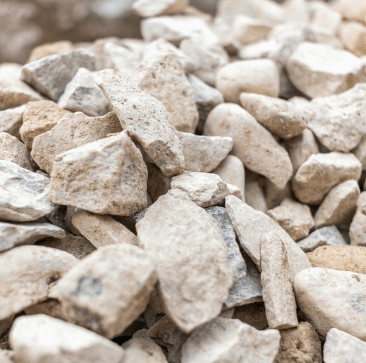
A byproduct of blast furnace smelting. The ball mill can grind it into fine powder and use it as an admixture for cement and concrete.

An important raw material for aluminum refining. Ball milling can improve the refining efficiency.
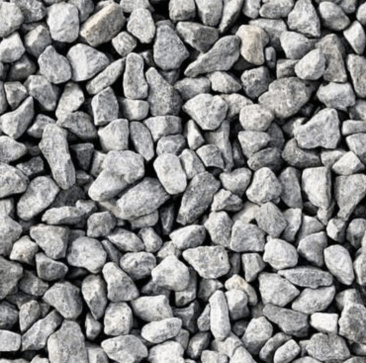
Important raw material for fertilizer production, ball mills can improve its solubility and utilization rate.
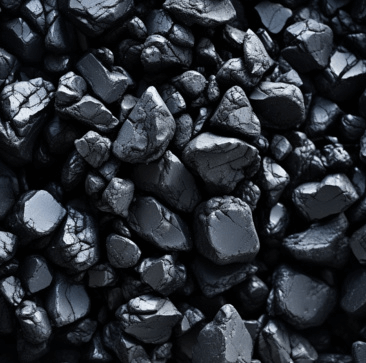
Raw material for making stainless steel and alloys, ball mills can improve extraction efficiency.
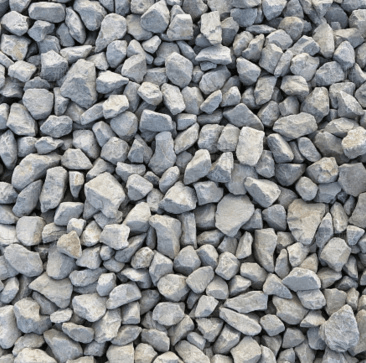
Mainly used in glass manufacturing, ball mill can grind it to improve the transparency of glass.

Used in glass and ceramic manufacturing, ball mill can improve its melting point and strength.
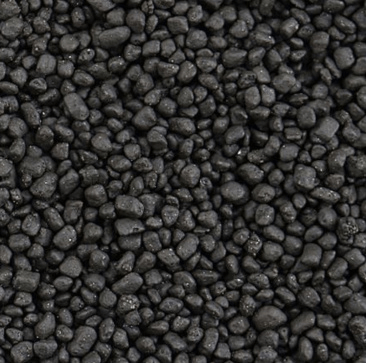
The main mineral for producing sulfuric acid, ball mill can increase its reaction speed.
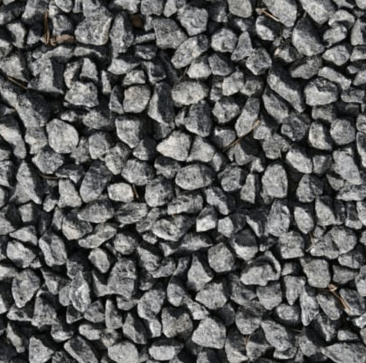
Used in building materials and chemical production, ball mill can improve its uniformity.
You can get in touch with us through the following contact information
AddressNo. 2289 Huancheng South Road, Tongxiang, Jiaxing, Zhejiang Province, China. Zip code:314500
Please fill in the sales inquiry form and our sales representatives will be in touch shortly.